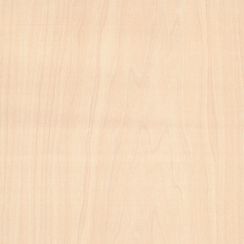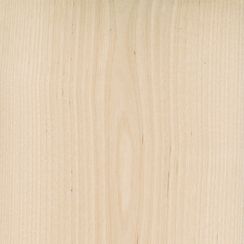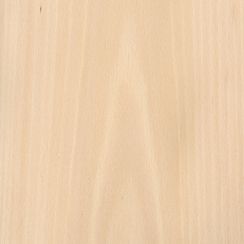Make an appointment at our concept.room for your individual project consulting
Veneer Hornbeam
BackDetailed Description
The tree reaches heights of up to about 25 m with diameters of up to 100 cm at the most, but mostly smaller. The shaft is knot-free up to 10 m, has a consistently splayed back and grows irregularly. The bark is olive green on one-year-old twigs, brown-red on 2 to 3-year-old twigs, and grey and smooth from about the sixth year.
Contrary to what its German names suggest, it is not closely related to the (only beech species represented in Central Europe) copper beech (Fagus sylvatica). Rather, it belongs to the genus Fagus within the beech family (Fagaceae). Only hornbeam and copper beech belong to the same order (beech-like (Fagales)).
Tradenames and other names
Bot. Name: Carpinus betulus
Tradename De: Hainbuche, Weissbuche, Hornbaum, Steinbuche
Tradename En: Hornbeam
Properties
Raw density: 690 - 850 Kg/m3
Occurrence
The hornbeam is native to Southern and Central Europe, East Asia, the Caucasus and North America.
Characteristic and wood color
Sapwood and heartwood are not different. The wood is grey-white to yellowish-white, after drying and prolonged storage usually tinted light grey. The annual rings are wavy and can be recognized as fine horizontal stripes.







